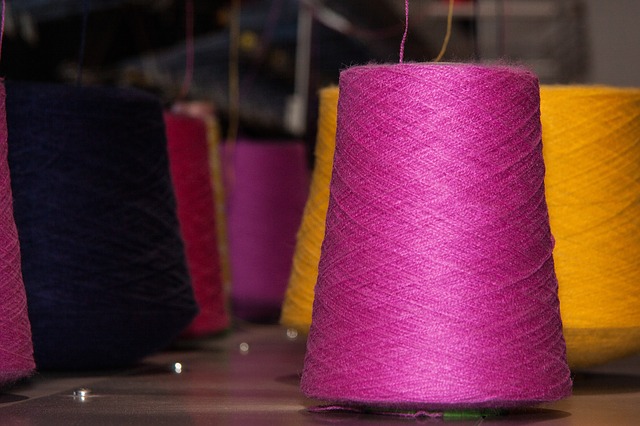The IP Enterprise Court (IPEC) has issued the first English decision following the Court of Justice (CJEU)’s controversial decision in Cofemel in which the Court expanded copyright protection under EU law to a wide range of subject matters that would not previously have qualified for copyright under UK law. The question for the English court was how it would apply the Cofemel decision given that there was clear inconsistency between EU and UK law.
The case - Response Clothing Limited v The Edinburgh Woollen Mill Limited[i]
The case involved a scenario well-known to copyright lawyers. The claimant, Response Clothing Limited, designed and made tops made of a ‘wave’ fabric design and supplied these to the defendant, The Edinburgh Woollen Mill Limited (EWM), a major clothing retailer. It appears to have been a successful line, and in 2012 Response sought to increase the price. This prompted EWM to send a sample of the Response product to a number of other garment suppliers, asking them to supply an alternative. Inevitably, the results were too similar and Response sued for copyright infringement.
Tension between EU and English law
Under EU law, which still applies in the UK up to the end of the transition period, the Court was obliged to try to interpret English law consistently with CJEU case law including the case of Cofemel. Under existing English law the fabric design would not have qualified for copyright at all because of the way the design appears to have been made, straight into the fabric on a knitting machine rather than being based on a drawing[ii]. This technicality meant that it fell outside the exclusive categories of subject matter that can qualify for copyright under the UK Copyright, Designs and Patents Act (CDPA), unless it could be categorised as a ‘work of artistic craftsmanship’. However, this category of work had been very restrictively interpreted by the English courts in the past[iii] to require a very high standard of artistic character, which this wave design would almost certainly not have met.
How did the English Court reconcile English and EU law?
Based primarily on a New Zealand authority and a detailed analysis of the leading House of Lords decision in Hensher v Restawhile[iv], the Court reappraised the concept of a ‘work of artistic craftsmanship’ and lowered the barrier. It concluded that a design could qualify as a work of artistic craftsmanship if the author was both a craftsman in that they made the fabric in a skilful way and took justified pride in it and also an artist in that they used their creative ability to produce something that had aesthetic appeal. Aesthetic appeal could include something that appealed to potential customers. On these new terms, the ‘wave’ fabric design could qualify for copyright as a work of artistic craftsmanship.
Impact of the case – good news for designers
On the assumption that it is upheld on any appeal, the lowering of the barrier for ‘works of artistic craftsmanship’ (see above) represented by the Court’s new definition could potentially bring many more designs into the copyright net in the UK. This may apply to textile designs, as in this case, although in fact it is common practice in the fashion industry for fabric designs to be recorded in a design document first (and often registered as a copyright work in countries where that is available), so that in practice most fabric designs would normally qualify for copyright under existing copyright rules in any event. Potentially more significant is that the new definition could restore copyright protection to many 3D designs of consumer goods, which are currently denied copyright protection under the CDPA unless they qualify as sculptures or works of artistic craftsmanship.[v] A well-known example of articles which have been denied copyright protection on this basis is the Starwars Stormtrooper helmets. Such articles may now qualify for copyright, a very powerful right because it arises automatically without registration and has a very long duration.
An area to watch
It must be emphasised that this is very much a developing area both in EU and in English law. We look forward to seeing whether the new definition of ‘works of artistic craftsmanship’ will survive any appeal and whether, after the transition period associated with Brexit, this is an area in which the UK might choose to diverge from EU law. The EU case law is also very much developing at the moment.
[i] 29/01/2020 [2020] EWHC 148
[ii] Although the evidence about how the design was made was slightly unclear.
[iii] Based on the House of Lords decision in George Hensher Ltd v Restawhile Upholstery (Lancs) Ltd [1976] AC 64
[v] See S.51 CDPA under which copyright protection in a design drawing is excluded in respect of 3D articles which do not qualify as sculpures or works of artistic craftsmanship.

 Tom Lingard
Tom Lingard